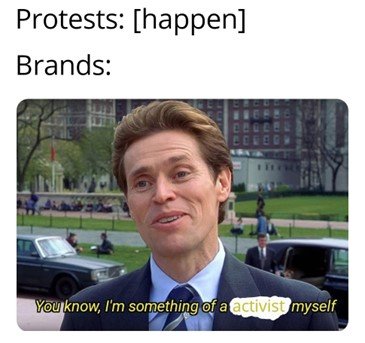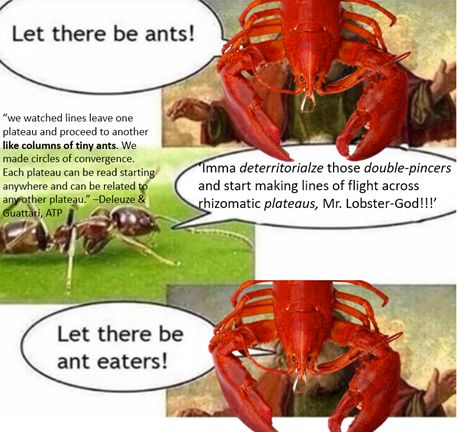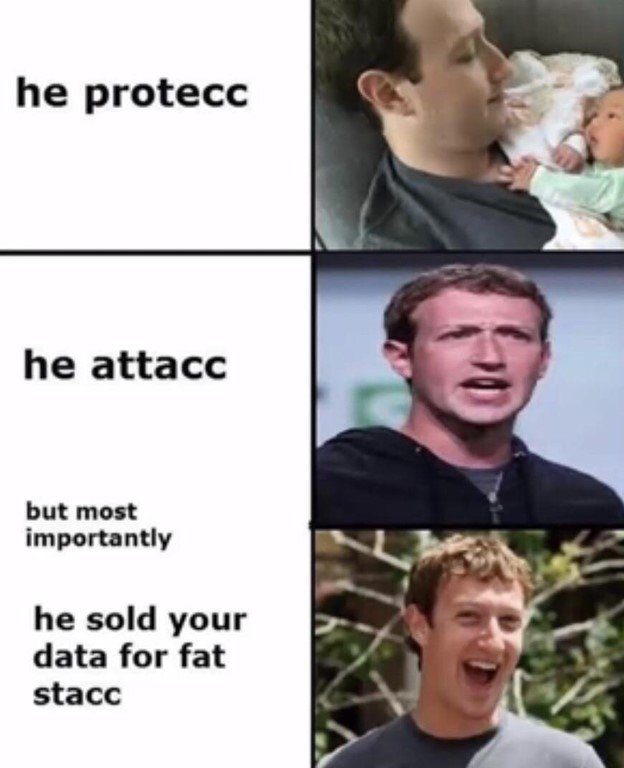Meet the meme
Students are tasked with following the weekly news and creating memes that convey the most important bits of different stories. Of course, the memes need to be funny and catchy.
Lesson goals
- General media literacy, creative thinking, critical thinking, image editing
Activities
Theory (5 minutes) - teacher-centered
Teacher presents the theory.
Aim: students understand the definition and characteristics of memes.
Exercise (30 minutes) - group work
Students create memes and share their work with the rest of the class.
Aim: students practice expressing the weekly news with memes.
Discussion (10 minutes) - class
The class discusses the memes they have made and picks the best work.
Aim: students reflect on their work and discuss it.
Keywords
Pedagogical tips and recommendations
- Make sure the memes are not offensive.
Theory (5 minutes)
A meme is a complex anthropological phenomenon. It is a sort of a message encoded into different media: image, sculpture, video, verbal act, dance, etc. which is usually funny. Memes draw from an intense framework of references and are often metaphorical, ironic, etc. Most common are images with captions.
There are several different content areas that memes could be about. Well, they could be about anything, but these are the most common:
Political memes: these are poking fun at politicians, movements, parties, etc. They can also have underlying agendas (propaganda)

Surrealist memes: these are poking fun at reality, veiled with layers of irony and metaphysical cynicism.

Pop culture memes: these are laden with pop culture references:

Social media memes: these are often self-referential and mostly about social media:

Students will be aware of what a meme is. The idea of this session is that it is in fact difficult to make a good meme. Making a meme about a certain news topic is even harder and requires a good understanding of the news.
Exercise (30 minutes)
Split the students into groups (up to 4 members).
Meme creation (20 minutes)
The students should look at the weekly news and make memes about it. They should be free to choose whatever media they want but expect mostly images and short videos. A meme should be funny, but also intelligent. It should be critical. You should let the students share their memes and keep making them. Note: students probably know memes better than you do, so you can trust them to know what to do.
Meme rating (10 minutes)
At this point you should try to pick the best meme. The students present their memes (you can make them anonymous) and the class should comment on what makes the meme good, and maybe how it could be even better. At the end of this process, you should have a brief vote on which memes the students liked best.